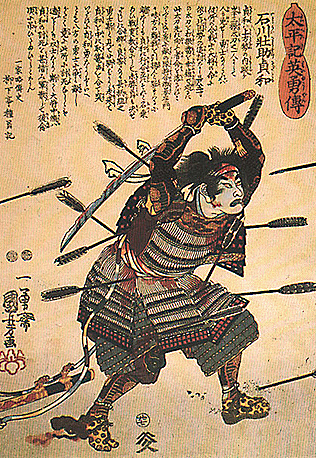i suspect that damascus steel is subject to a similiar type of hype than the katanas are. At least there is no scientific proof that damascus steel is superior to modern homogenous refined steel.
Believe it or not, but modern metalurgists usually improve their product rather than muck it up.
That being said, the requirements for combat viable swords are rather different than those for girders, gun barrels and Panzer, so it might well be damascus steel is superior for swords than most modern steel alloys ... which isn't a sign of quality but a design choice.
And about today's knive alloys being crap ... well, knives are supposed to be hard and sharp. They are not meant to bash heads in, so they can be forged hard but brittle. Kitchen cleavers should resemble sword steel a bit more than knive steel does, though.




 .
.